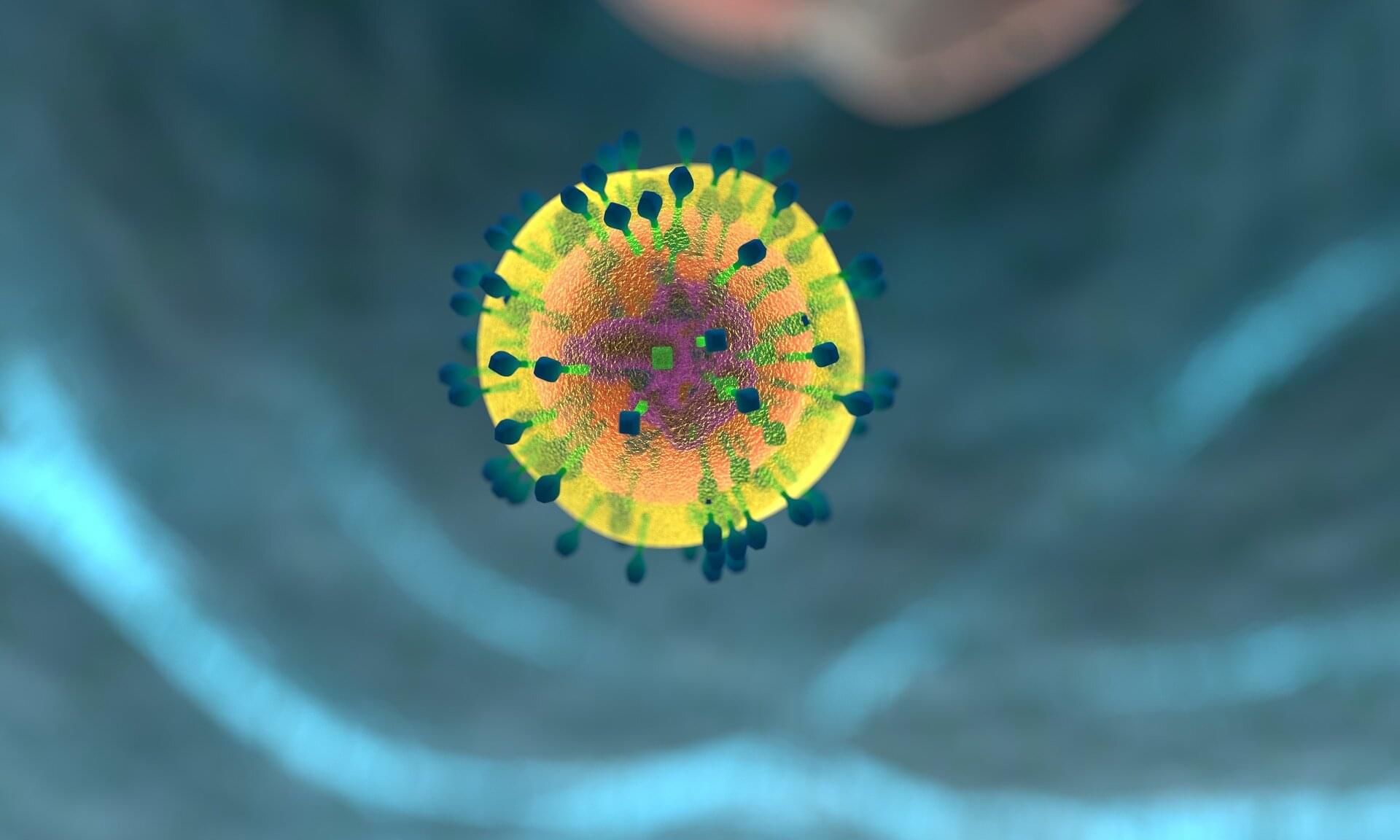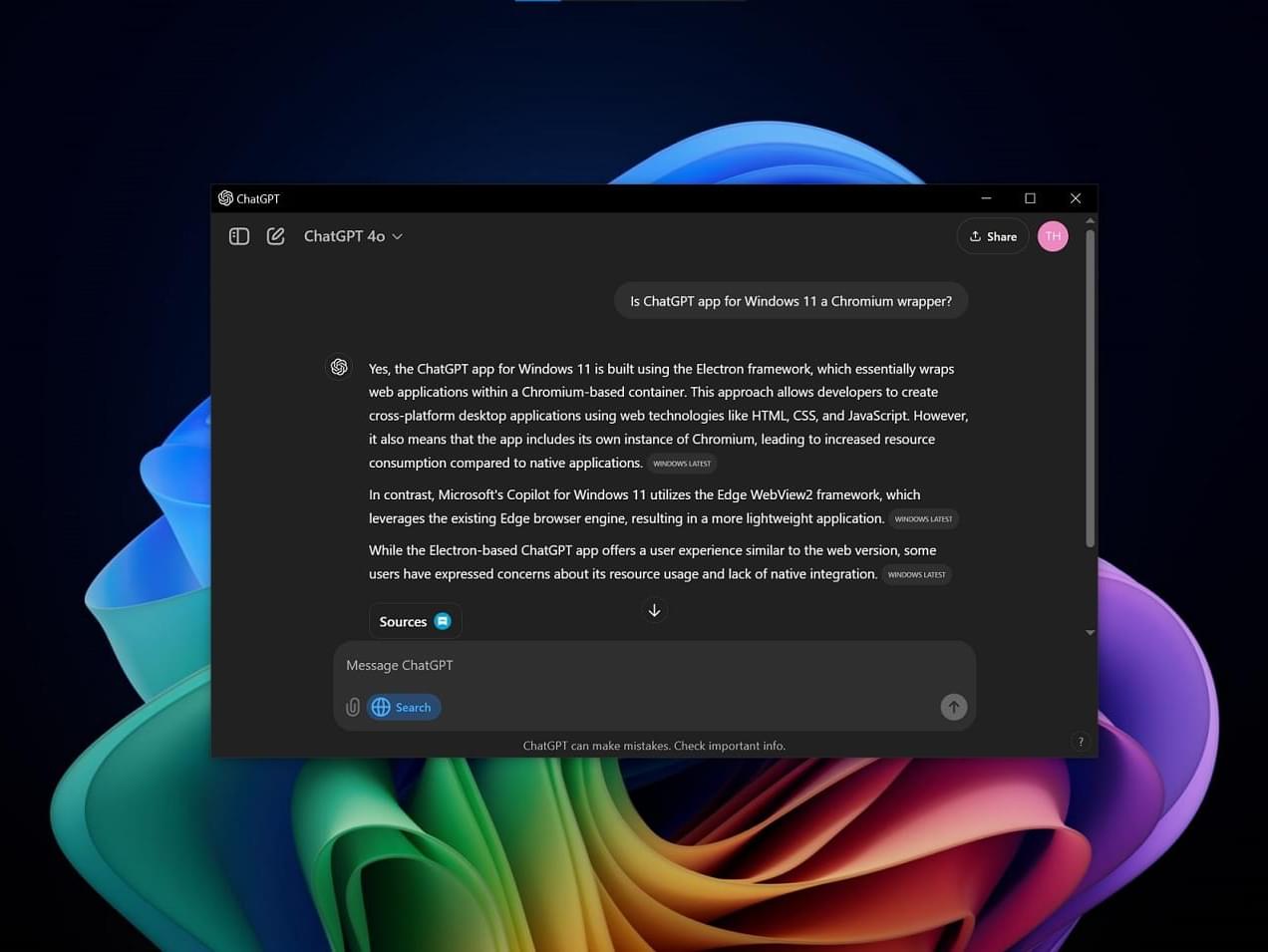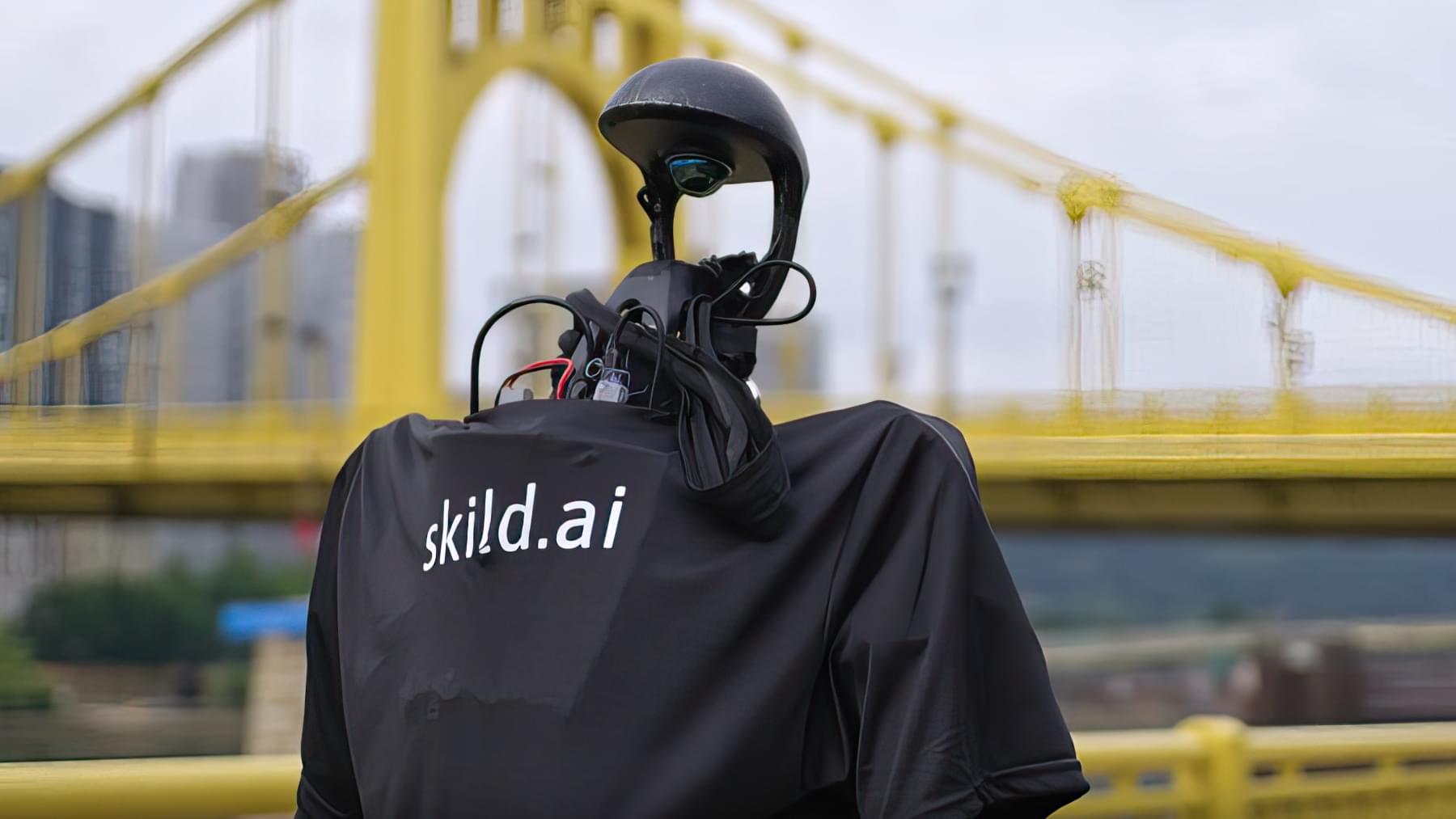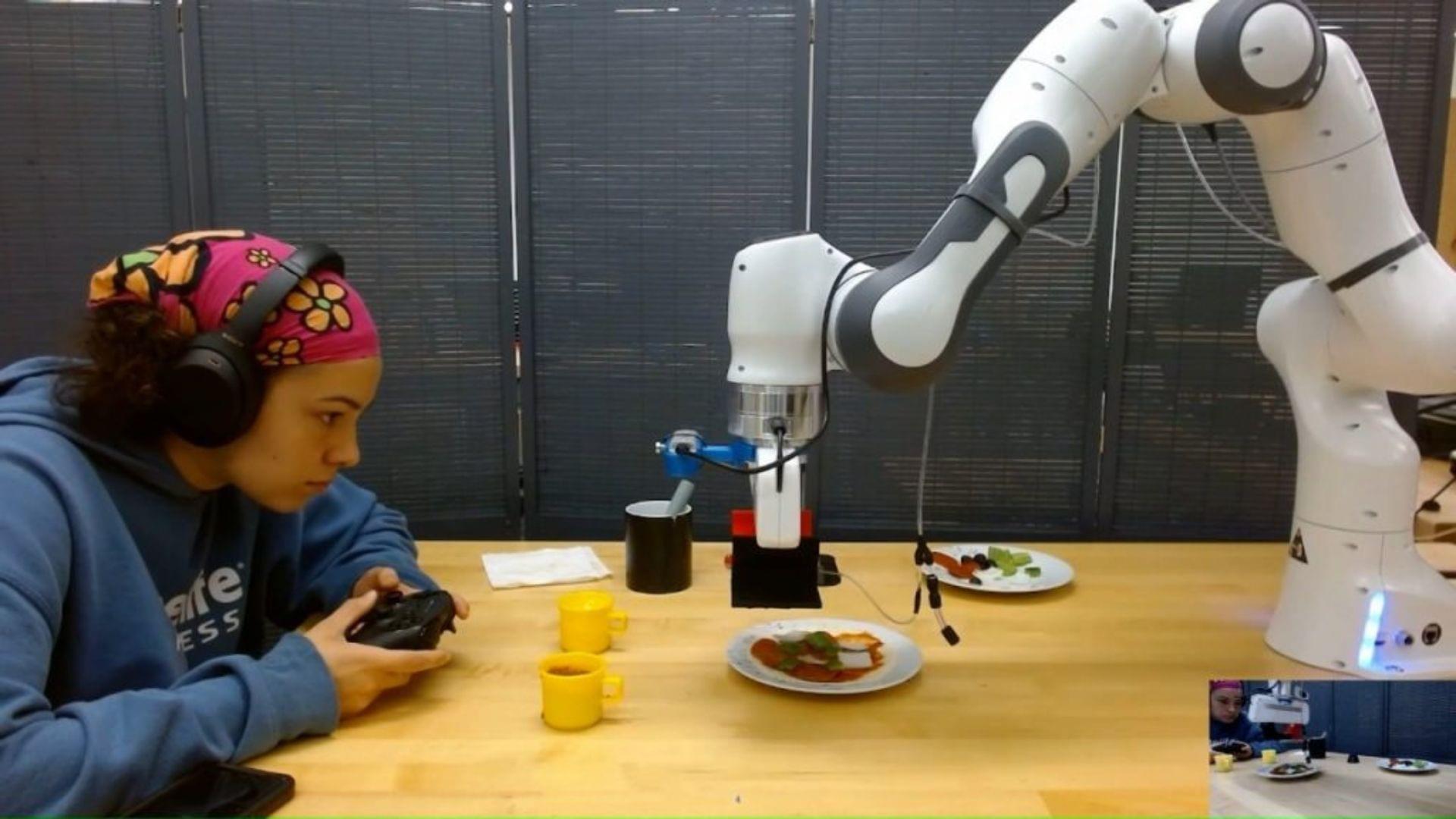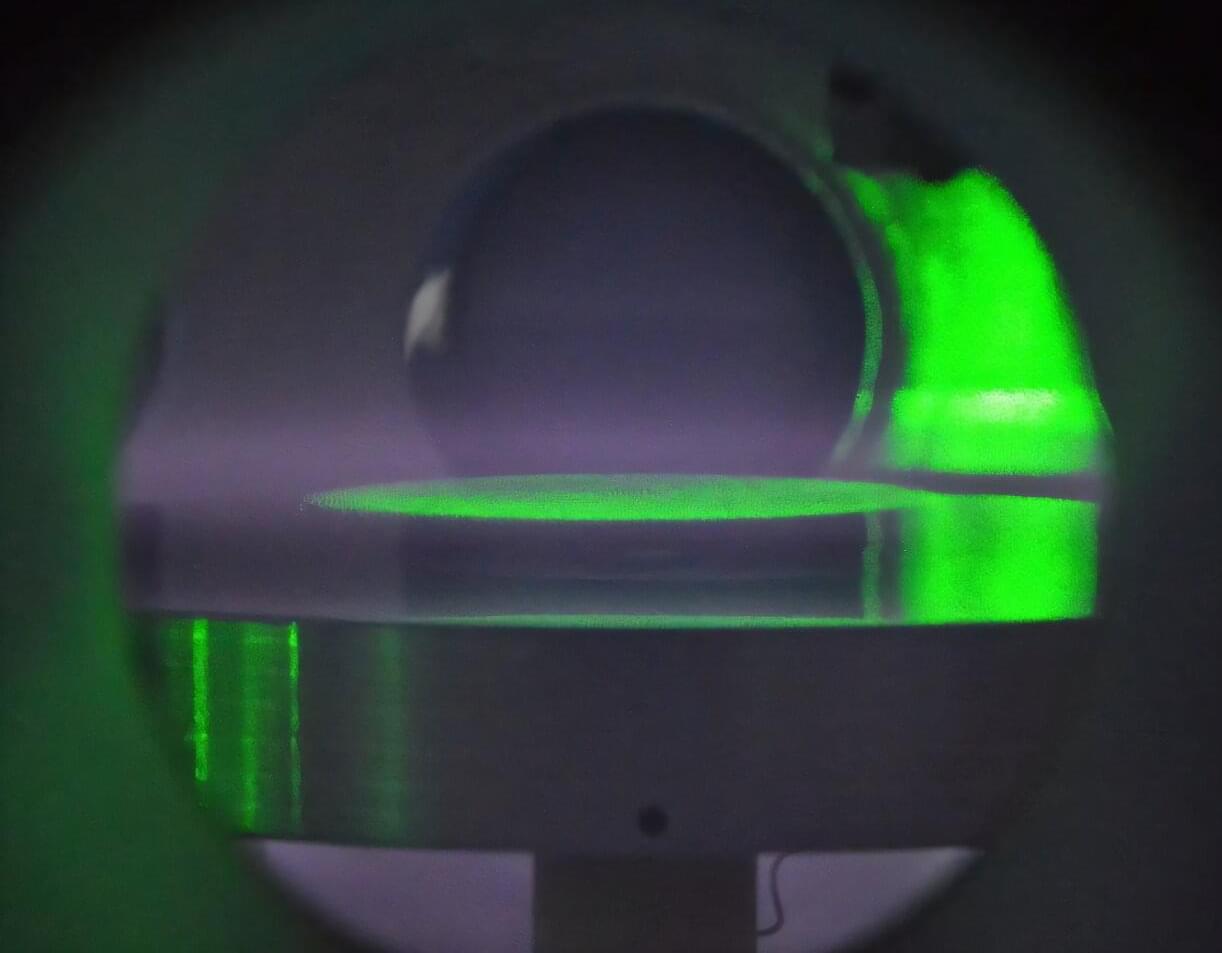A paper published in Cell highlights how researchers have leveraged AI-based computational protein design to create a novel synthetic ligand that activates the Notch signaling pathway, a key driver in T-cell development and function.
These so-called soluble Notch agonists can be broadly applied to optimize clinical T-cell production and advance immunotherapy development.
Notch signaling is central to many cellular differentiation processes and is essential in transforming human immune cells into T-cells that target viruses and tumors. But activating Notch signaling in the laboratory has posed a challenge.
